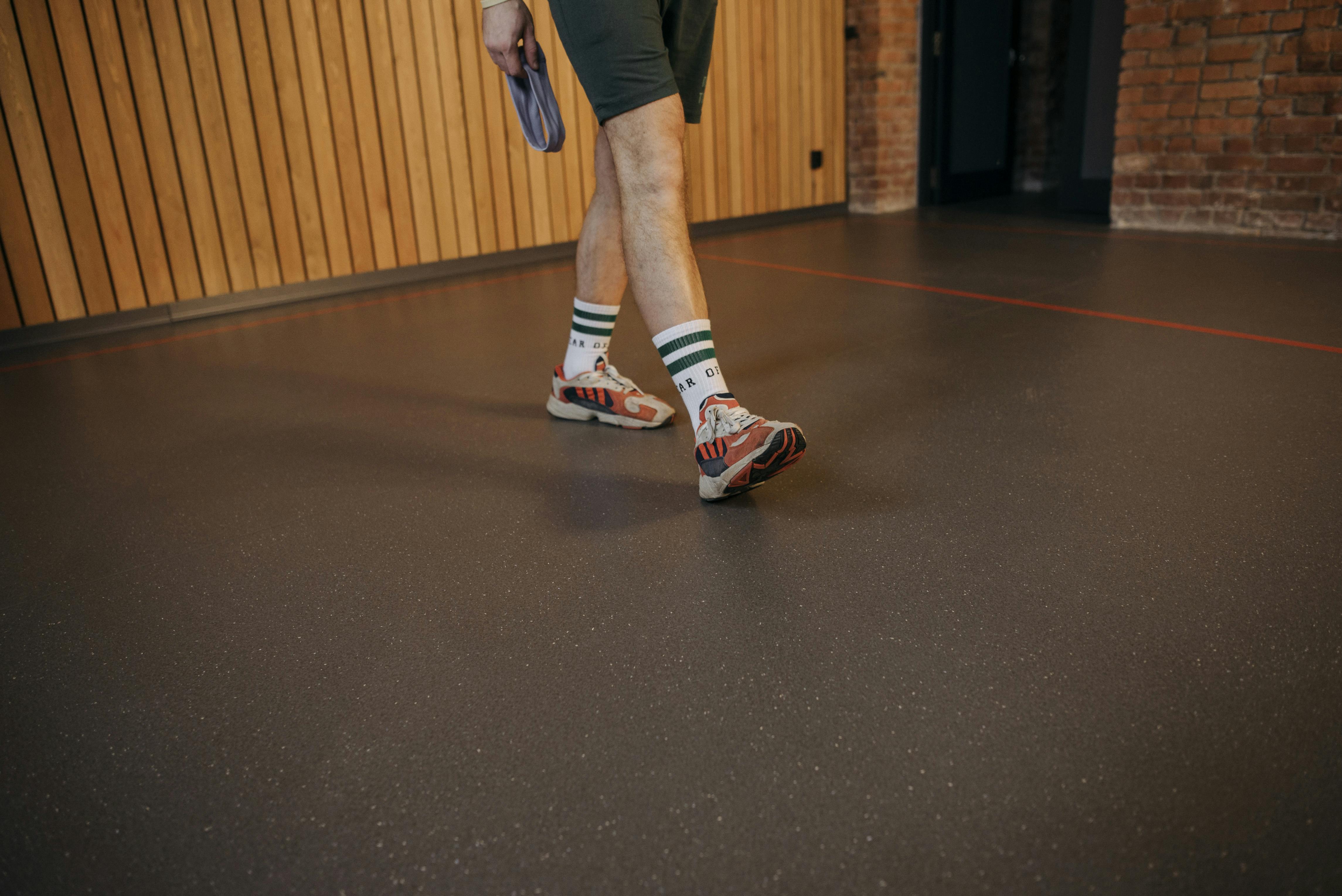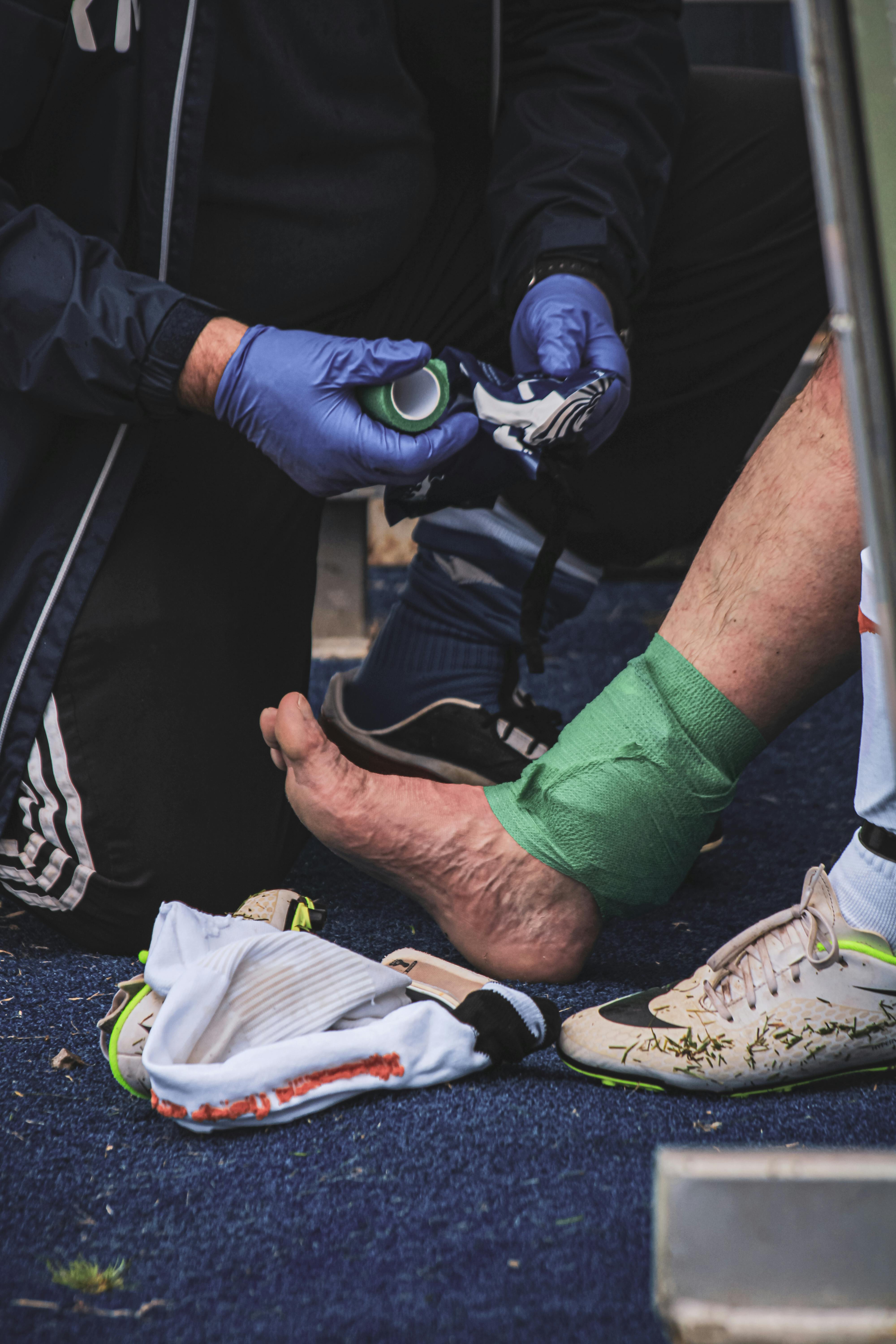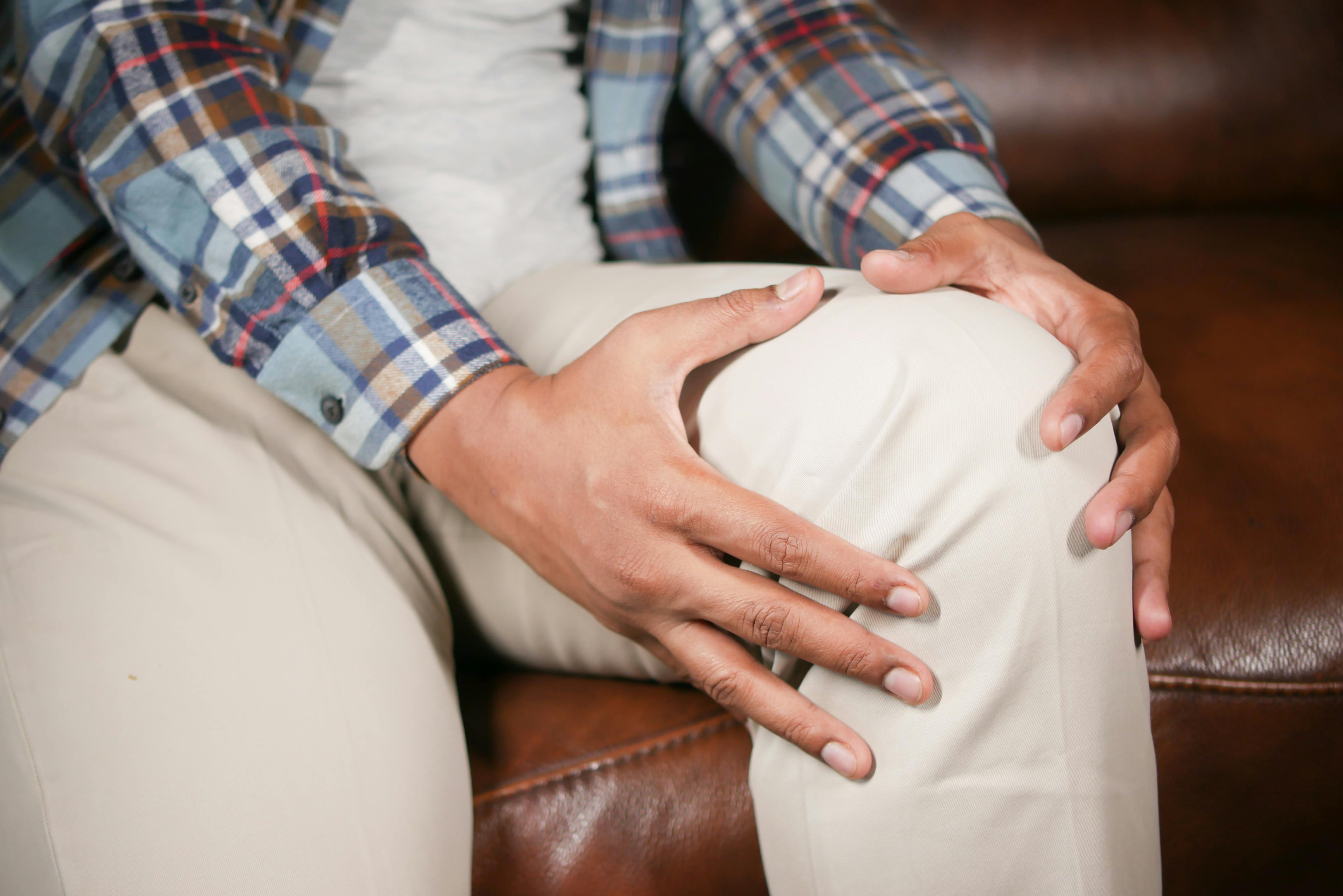How To Heal a Grade 2 Ankle Sprain Fully & Fast

Rest alone won't heal a grade 2 ankle sprain. While rest is important, it's not the only solution.
Simply waiting for the ankle to heal without proactive treatment can lead to stiffness and weakness in the long term.
Proper healing involves rehab techniques to reduce swelling, scar tissue, and improve circulation.
Neglecting to rehabilitate the ankle can result in long-term weakness, instability, and stiffness, affecting overall movement and potentially causing pain in other joints like the knee and hip.
Table of Contents
What is a grade 2 ankle sprain?
Ankle sprains are prevalent injuries in sports, and grade 2 ankle sprains represent a moderate level of injury that can greatly affect athletes.
Recognizing grade 2 ankle sprains involves understanding their causes, symptoms, and implementing suitable diagnosis and treatment methods.
By addressing these aspects effectively, athletes can ensure proper management of their injuries and work towards a safe return to sports activities, prioritizing their health and well-being throughout the recovery process.
Also read: How To Wrap A Sprained Ankle
What does a stage 2 ankle sprain look like?
This type of sprain is more severe than a mild one but doesn't involve a complete tear. You may experience moderate pain, swelling, and bruising.
While the ankle may feel somewhat stable, touching the affected area is tender, and walking can be painful. It's essential to take care of it properly for a smoother recovery journey.
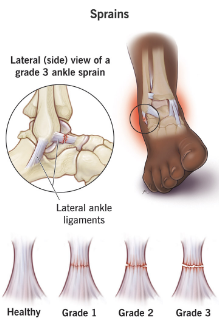
Symptoms of Grade 2 ankle sprain
In cases of partial tearing of ankle ligaments, the ankle may feel somewhat unstable, accompanied by a moderate amount of pain, bruising, and swelling.
While walking might still be possible in the initial days, it could be challenging and painful.
Movements of the ankle may also be limited due to discomfort, especially at certain angles.
It's essential to take care and allow for proper healing to prevent further injury and aid in a smoother recovery process.
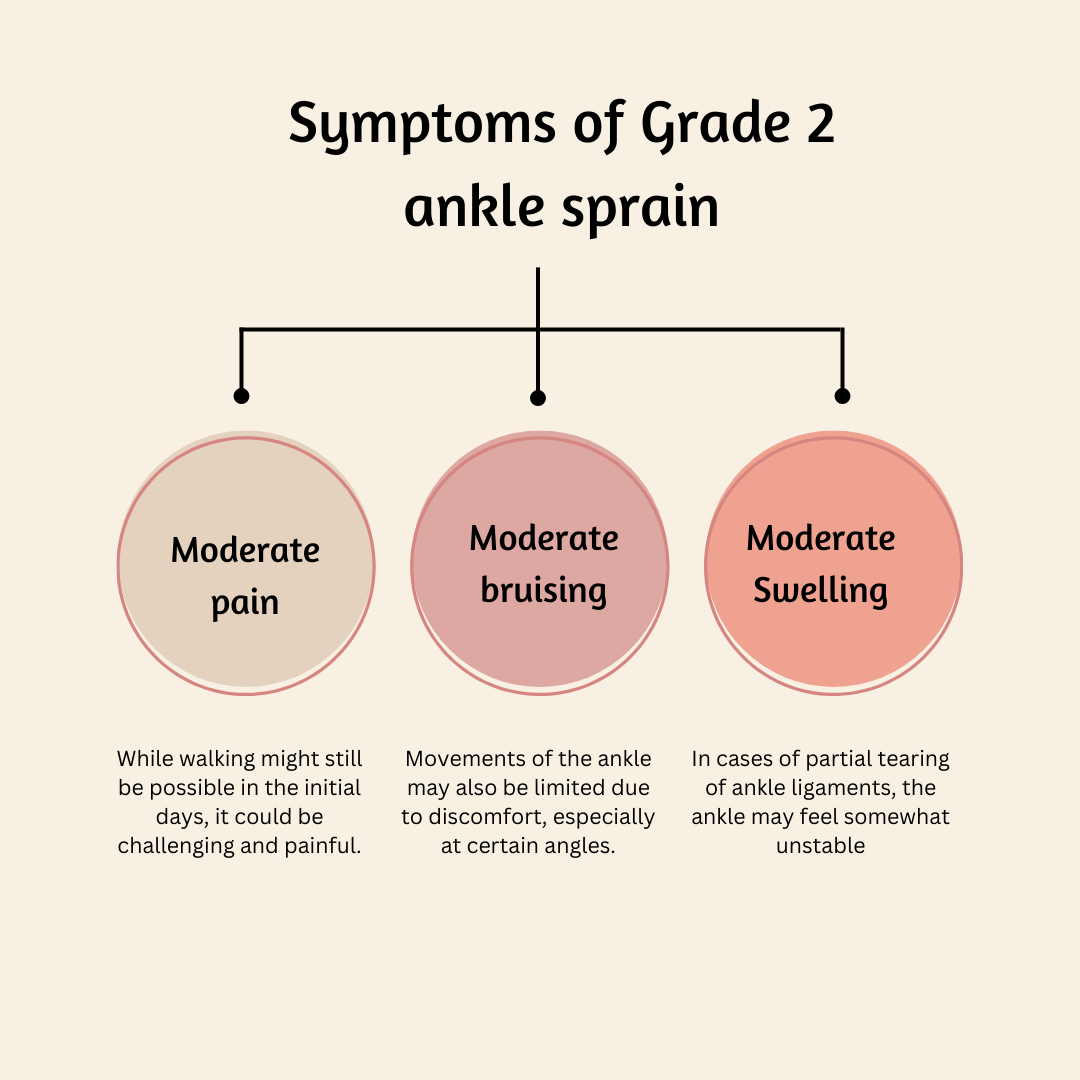
How long does it take for a grade 2 sprained ankle to heal?
A grade 2 ankle sprain indicates that approximately half of the ligament has torn.
This type of sprain typically involves more swelling and pain compared to a grade 1 sprain, and it may limit your range of motion and ability to bear weight to a greater extent. Healing from a grade 2 sprain generally takes around 4 to 6 weeks.
During this time, it's essential to listen to your body, prioritize rest, and follow any treatment recommendations from your healthcare provider.
While recovery may take some time, know that you're taking important steps towards healing and regaining strength in your ankle.
If you have any concerns or questions along the way, don't hesitate to reach out to your healthcare team for support and guidance.
Grade 2 Ankle Sprain Treatment
For Grade 2 ankle sprains, the treatment approach is centered on easing pain, swelling, and fostering healing. This involves:
- RICE Protocol: Resting the ankle, applying ice packs, using compression bandages, and elevating the leg to alleviate pain, reduce swelling, and aid recovery.
- Immobilization: Employing braces, splints, or walking boots to stabilize the ankle, safeguard ligaments, and prevent further injury.
- Physical Therapy: Engaging in a structured program supervised by a therapist to restore mobility, strengthen muscles, and enhance balance and proprioception.
- Medications: Utilizing over-the-counter pain relievers like NSAIDs to manage discomfort and inflammation.
- Gradual Return to Activity: Gradually reintroducing sports or exercise under professional guidance as strength improves, to avoid re-injury.
- Bracing or Taping: Using ankle braces or athletic tape during physical activities for added support and stability.
- Surgical Intervention: Considering surgery in rare cases of severe ligament damage or when conservative treatments fail, aiming to repair or reconstruct damaged ligaments and restore ankle stability.
Prevention of Grade 2 Ankle Sprain
Preventing grade 2 ankle sprains involves taking proactive steps, such as:
- Proper Warm-up and Conditioning: Engage in warm-up exercises, stretching, and conditioning routines to enhance flexibility, strength, and stability in the ankle and lower leg muscles.
- Footwear and Equipment: Wear well-fitting footwear with adequate ankle support and ensure sports equipment is in good condition to lower the risk of ankle sprains.
- Balance and Proprioception Training: Incorporate exercises that focus on improving balance, proprioception, and agility, which can enhance ankle stability and decrease the chances of sprains.
- Technique and Landing Mechanics: Receive coaching on proper technique, body mechanics, and landing methods to reduce strain on the ankle joint and minimize the risk of injury.
By integrating these preventive measures into training regimens, athletes can significantly reduce their vulnerability to grade 2 ankle sprains, allowing them to perform at their best while minimizing the risk of setbacks or injuries.
How do I know if my ankle sprain is grade 2 or 3?
In a Grade 2 sprain, there's a partial tear of the ligament, leading to some instability when the ankle is moved in certain ways.
This might feel like the ankle is loose or not as stable as usual. On the other hand, a Grade 3 sprain involves a complete tear of the ligament, causing significant instability. When the ankle is manipulated, it feels noticeably loose or wobbly, indicating a more severe injury.
These distinctions help doctors determine the extent of the sprain and plan appropriate treatment for recovery.
Conclusion
Grade 2 ankle sprains pose significant challenges in sports medicine as they can greatly affect an athlete's performance and lead to complications if not handled correctly.
It's essential for athletes to receive prompt diagnosis, suitable treatment, and a thorough rehabilitation plan to ensure a safe return to sports activities and reduce the risk of future sprains.
